
The 452nd Air Mobility Wing is an Air Reserve Component of the United States Air Force. It is assigned to the Fourth Air Force, Air Force Reserve Command, stationed at March Air Reserve Base, California. If mobilized, the Wing is gained by the Air Mobility Command.
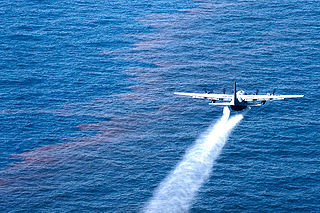
The 757th Airlift Squadron is an Air Force reserve unit, part of the 910th Airlift Wing stationed at Youngstown Air Reserve Station (YARS), Ohio. It flies C-130H Hercules aircraft on airlift and aerial spray missions.
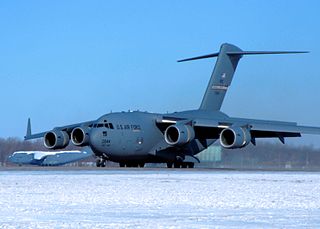
The 445th Airlift Wing is an Air Reserve Component of the United States Air Force. It is assigned to the Fourth Air Force, Air Force Reserve Command, stationed at Wright-Patterson Air Force Base, Ohio. If mobilized, the wing is gained by the Air Mobility Command.

The 728th Airlift Squadron is a United States Air Force Reserve squadron, assigned to the 446th Operations Group, stationed at McChord Field, Joint Base Lewis-McChord, Washington. It is an associate unit of the active duty 8th Airlift Squadron of the 62d Airlift Wing.
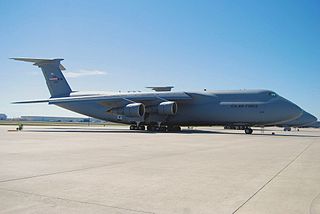
The 356th Airlift Squadron is a United States Air Force Reserve squadron, assigned to the 433d Operations Group Air Force Reserve Command, stationed at Kelly Field Annex, Joint Base San Antonio, Texas. The 356th is a C-5M Super Galaxy Formal Training Unit.

The 89th Airlift Squadron is a United States Air Force Reserve squadron, assigned to the 445th Operations Group, stationed at Wright-Patterson Air Force Base, Ohio.

The 357th Airlift Squadron is a Tactical Airlift unit of the United States Air Force assigned to the Air Force Reserve Command and part of the 908th Airlift Wing at Maxwell Air Force Base, Alabama. It operates Lockheed C-130H Hercules aircraft providing global airlift. The 357th AS operates (8) C-130H2 aircraft that were built in the 1990s, which utilize Flight Engineers and Navigators, along with the crew complement of Pilots and Loadmasters.

The 700th Airlift Squadron is part of the 94th Airlift Wing at Dobbins Air Reserve Base, Georgia. It operates Lockheed C-130 Hercules aircraft providing global airlift.

The 701st Airlift Squadron is part of the 315th Airlift Wing at Charleston Air Force Base, South Carolina. It operates Boeing C-17 Globemaster III aircraft providing global airlift.
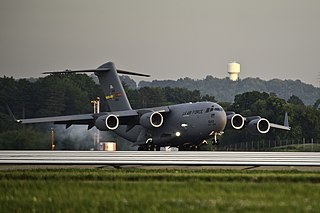
The 729th Airlift Squadron is a United States Air Force Reserve squadron, assigned to the 452d Operations Group, stationed at March Air Reserve Base, California. It operates Boeing C-17 Globemaster III aircraft providing global airlift any time, any place.

The 730th Air Mobility Training Squadron is an Air Force reserve unit stationed at Altus Air Force Base, Oklahoma, where it trains airmen on Boeing C-17 Globemaster III, Boeing KC-135 Stratotanker and Boeing KC-46 Pegasus aircraft systems. It is assigned to the 507th Operations Group at Tinker Air Force Base, Oklahoma, but performs its training mission under the direction of the 97th Air Mobility Wing of Air Education and Training Command.

The 706th Aggressor Squadron is part of the 926th Wing at Nellis Air Force Base, Nevada where it oversees Air Force Reserve Command fighter pilots supporting the United States Air Force Warfare Center as an associate of the 57th Wing. Pilots assigned to the 706th fly General Dynamics F-16 Fighting Falcon aircraft.

The 482d Operations Group is a United States Air Force Reserve unit assigned to the 482d Fighter Wing. It is stationed at Homestead Air Reserve Base, Florida.

The 445th Operations Group is the flying component of the 445th Airlift Wing, assigned to Fourth Air Force of the United States Air Force Reserve. The group is stationed at Wright-Patterson Air Force Base, Ohio.

The 446th Operations Group is a United States Air Force Reserve unit assigned to the 446th Airlift Wing. It is stationed at McChord Air Force Base, Washington.
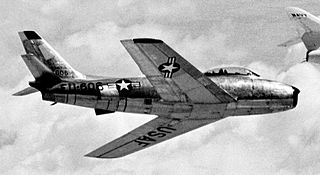
The 812th Fighter-Bomber Squadron is an inactive United States Air Force unit. Its last assignment was with 482d Fighter-Bomber Group stationed at Dobbins Air Force Base, Georgia.

The 813th Fighter-Bomber Squadron is an inactive United States Air Force unit. Its last assignment was with 482d Fighter-Bomber Group at Dobbins Air Force Base, Georgia.

The 705th Tactical Airlift Training Squadron is an inactive United States Air Force unit. It was last assigned to the 924th Tactical Airlift Group at Ellington Air Force Base, Texas where it was inactivated on 30 June 1976, when reserve flying operations at Ellington ended.

The 483d Airlift Group is an inactive unit last assigned to Pacific Air Forces at Osan AB Korea. It was assigned to Twenty-Second Air Force as a VIP transport unit for Headquarters, Seventh Air Force. It was inactivated on 1 June 1992.
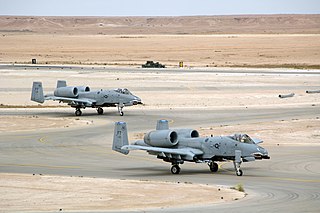
The United States Air Force's 438th Air Expeditionary Advisory Group is a provisional unit assigned to United States Air Forces Central to activate or inactivate as needed. It was last active in Al Anbar province, Iraq to provide close-air support to coalition forces in the region with Fairchild Republic A-10 Thunderbolt II aircraft. It was composed of deployed aircraft, equipment and personnel from Air Force units around the world.
































